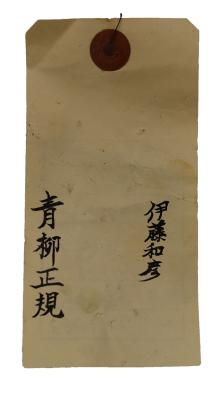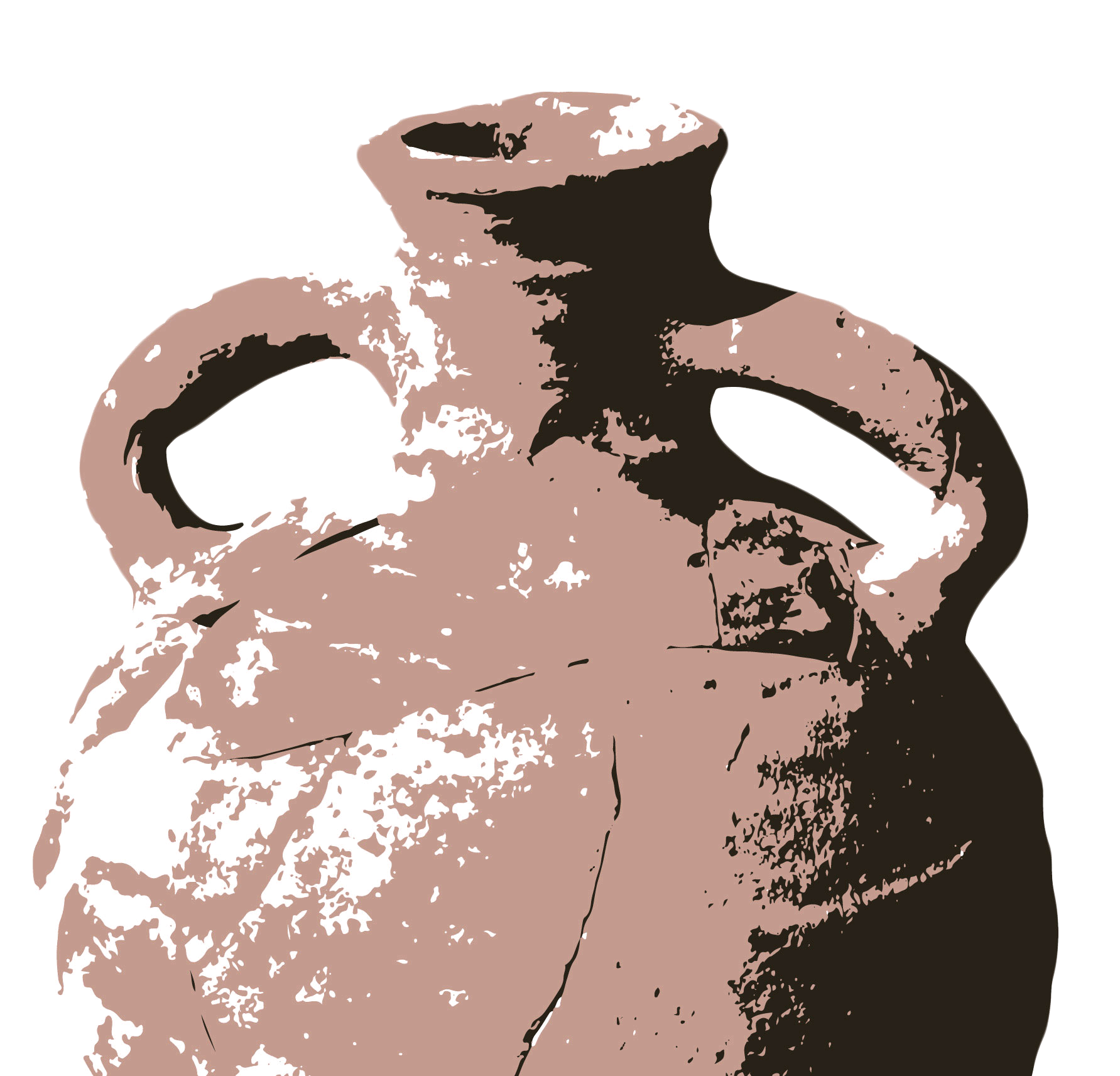The Durrueli villa lies in a small sandy bay at the mouth of a river, 9km South-West of Agrigento. It was found by chance in 1907 while working for a new railroad. The following year, A. Salinas directed the first excavation, which led to the discovery of some rooms with mosaics and marble slabs decorating the floors. Between 1979 and 1985, Prof. Masanori Aoyagi further excavated the villa with the support of a Japanese team from the University of Tsukuba. The new investigations uncovered a luxury dwelling with many rooms pivoting around a peristyle. Two bath complexes lie further west. Some roof tiles bear monogram stamps, which allow one to identify the owner as Pulibius Annius, a wealthy citizen from Agrigento. The villa likely dates back to the first half of the 2nd century AD and seems abandoned during the 3rd century AD. However, hints for a prolonged continuity of life seem to exist, as stressed by Prof. Aoyagi and more recently confirmed by a team from the University of South Florida directed by Prof. Davide Tanasi. The villa continues to attract researchers' interest. New investigations carried out by the University of Catania, under the direction of Prof. Daniele Malfitana, team began in 2024.

Bibliography
- Aoyagi, M. (1980-81), Ripresa degli scavi nella villa romana di Realmonte, Kokalos 26-27, II.1: 668-693.
- Aoyagi, M. (1981), A Roman villa near Agrigento. Research on ancient Roman art and archaeology in Sicily 1979. Interim report, 1. Tokyo, University of Tsukuba (in Japanese).
- Aoyagi, M. (1983), A Roman villa near Agrigento. Research on ancient Roman art and archaeology in Sicily in 1981. Interim report, 1. Tokyo, University of Tsukuba (in Japanese).
- Aoyagi, M. (1985), A Roman villa near Agrigento. Research on ancient Roman art and archaeology in Sicily in 1983. Interim report, 1. Tokyo, University of Tsukuba (in Japanese).
- Aoyagi, M. (1988), Il “Mosaico di Posidone” rinvenuto a Realmonte, Quaderni dell'Istituto di Archeologia della Facoltà di Lettere e Filosofia della Università di Messina, 3: 91-103.
- Fiorentini, G. (2008), La villa romana di Durrueli, Agrigento: Regione Siciliana.
- FIiorentini, G. (1993-1994), Attività di indagini archeologici della Soprintendenza beni culturali e ambientali di Agrigento, Kokalos 39-40, 717-733.
- Guidobaldi, F. (1997), I sectilia pavimenta della villa romana di Durrueli presso Agrigento, in R.M. Carra and F. Guidobaldi (eds), Atti del IV Colloquio dell'Associazione Italiana per lo Studio e la Conservazione del Mosaico, Ravenna: Edizioni del Girasole, 247-258.
- Parello, M.C. (2007), Parello, Durrueli, in V. Caminneci (ed.), I luoghi della tutela. Ricerca archeologica e fruizione nel territorio agrigentino, Agrigento: Regione Siciliana, 27. https://www.antoniorandazzo.it/archeologia/files/V_Caminneci_M_C_Parello_M_S_Rizzo_I_luog.pdf
- Polito, A. and Tripodi, G. (2018), La villa Marittima di Publius Annius alla foce del Cottone, Palermo: Regione Siciliana.
- Rizzo. M.S. (2008), Durrueli, in A. De Miro and V. Caminneci (eds), A scuola di antico, Agrigento: Regione Siciliana, 101.
- Wilson, R.J.A. (1987-1988), Archaeology in Sicily, 1982–87. Archaeological Reports 34, 132–133.
- Wilson, R.J.A. (1995-1996), Archaeology in Sicily 1988–1995, Archaeological Reports 42, 96–97.
- Wilson, R.J.A. (1990), Sicily under the Roman Empire, Warminster: Aris & Phillips, 198-199.
We are grateful to Parco Valle dei Templi, Museo archeological regionale P. Griffo, and to Prof. Masanori Aoyagi for granting permission to conduct new research on the ceramic finds from the Japanese excavations at Durrueli.
